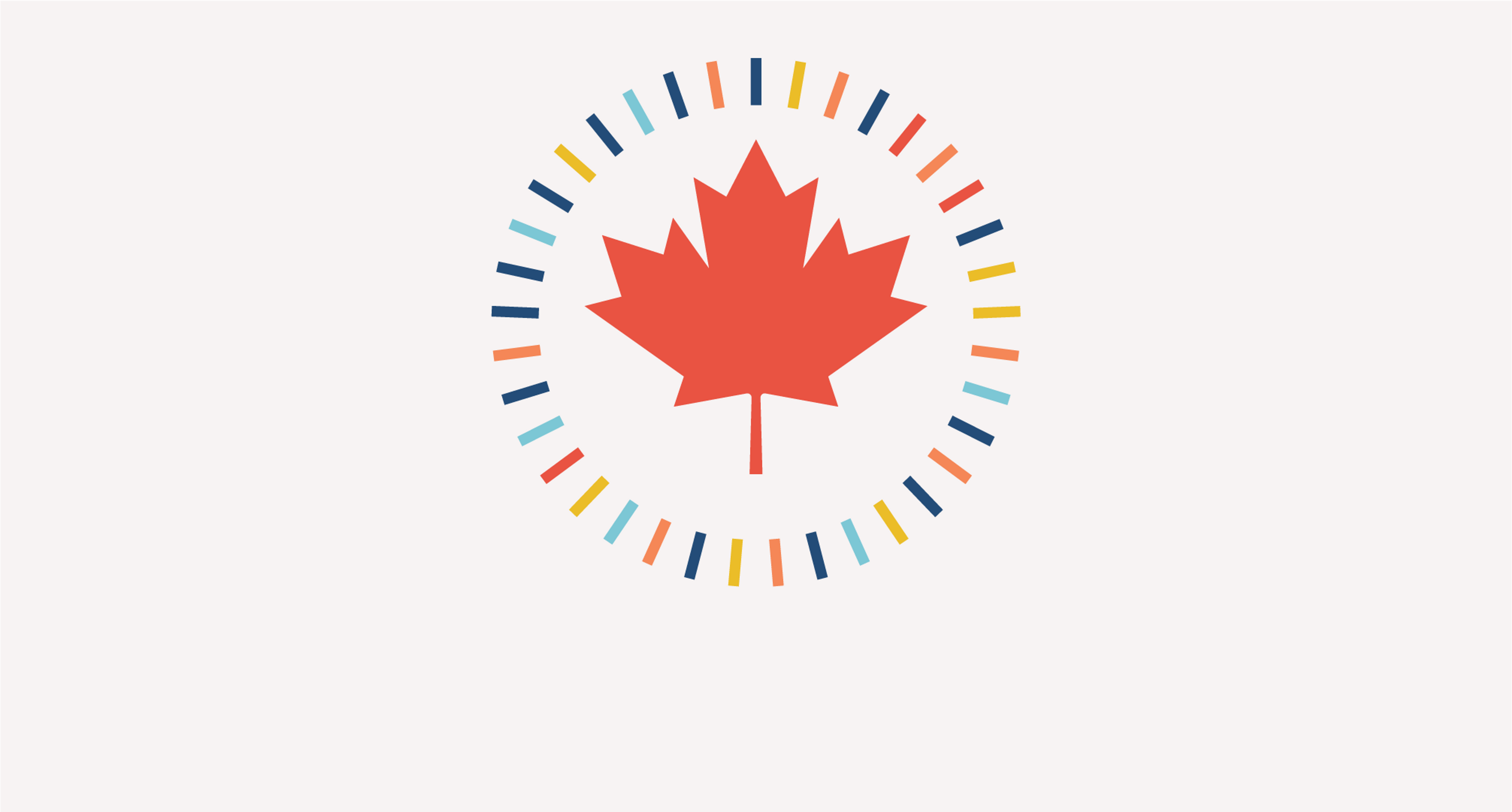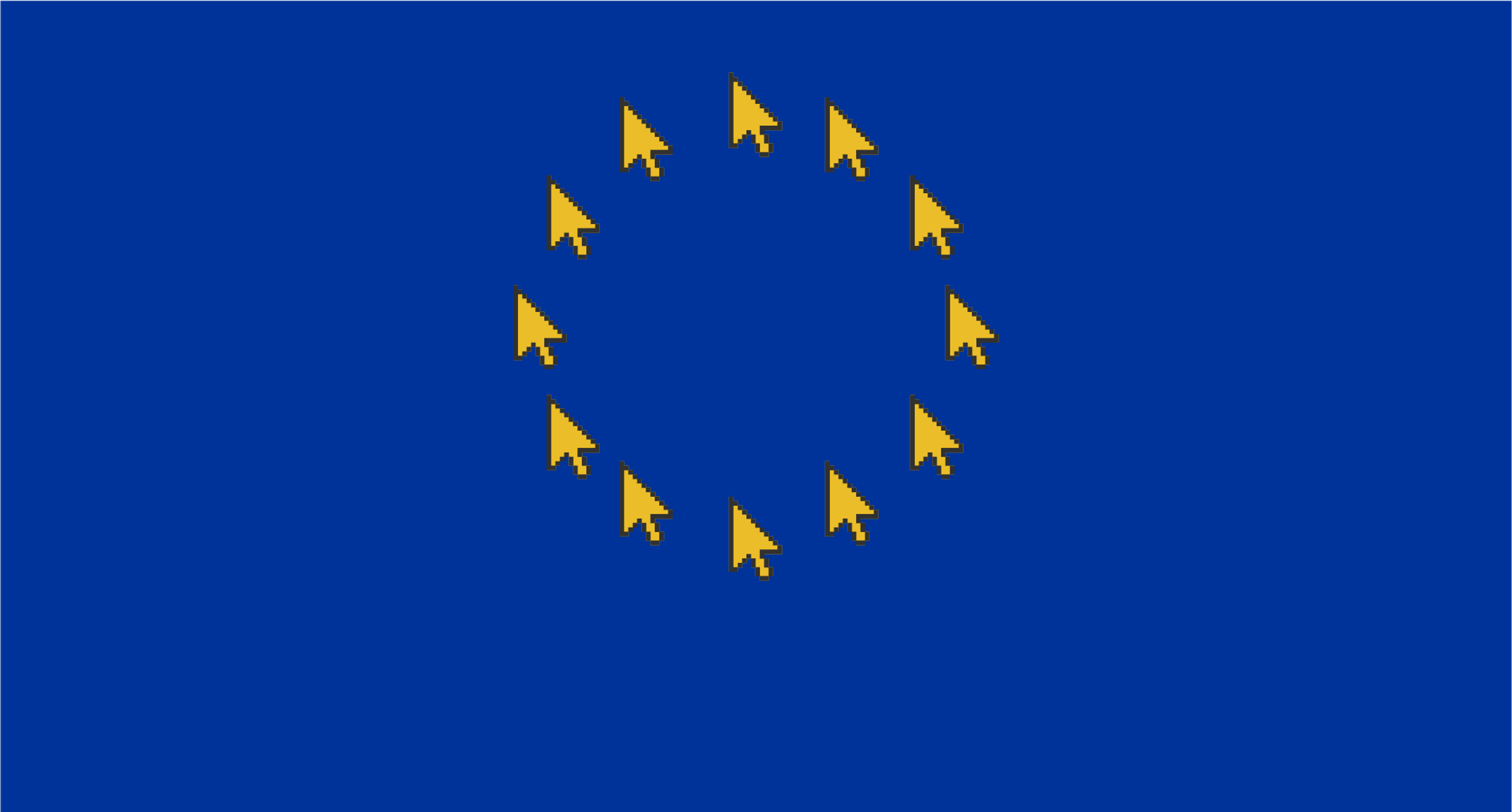
Europe’s Digital Strategy 2025

The European Union recently unveiled its new International Digital Strategy. It is a step in the right direction. The intention to move beyond regulation to actively stimulate digital growth is the right one, and investments in subsea cables, commitments to digital public infrastructure (DPI), and new cybersecurity initiatives are all positive steps.
However, while the what is welcome, the how is unconvincing. The strategy’s proposed "Tech Business Offer" is a top-down, technology-first approach driven largely by enterprise and telecommunications players. This fundamentally misunderstands how successful digital ecosystems evolve.
Services drive the creation of platforms, not the other way around. History shows that useful infrastructure is nearly always the result of solving a real-world problem for people, and then scaling the solution. Amazon didn't start by building a global logistics platform; it started by selling books online.
This "infrastructure-first" approach is in sharp contrast with how good digital solutions are emerging globally. While Europe focuses on building technology from the top-down, nations like Brazil and India are proving the power of services built on open technology architectures. Their success with DPI is based on solving users' needs: Brazil's PIX provides an instant payment system that has dramatically reduced cash transactions, while India’s Aadhaar provides a verifiable identity service, enabling millions to access crucial support. These models have benefitted huge populations and offer a powerful lesson, giving their nations real agency over their digital ecosystems. This is where true sovereignty lies: in the ability to shape policy and make strategic choices, not in owning every layer of a technology stack.
So, what’s the alternative? A service-led approach based on four key actions:
Prioritise user-driven services: Start by solving real, tangible problems for people and businesses. Demand for good services is what creates a thriving digital ecosystem.
Leverage Europe’s strengths: Focus on simplifying the single market. A standardised legal entity for startups, for example, would do more to foster innovation than any top-down technology initiative.
Foster dialogue and iteration: Instead of defining a rigid European stack and inviting others to adopt it, the EU should foster an open dialogue, bringing in more voices, including its own citizens and a wider range of global partners, to develop principles and services together.
Push for open standards and interoperability: Use Europe’s purchasing power to demand interoperability from existing players, making it easier for new, innovative companies to compete.
Europe has the talent and public trust to achieve its digital ambitions. But success depends on a fundamental shift in approach: building from user needs upwards, not from the technology stack downwards.
*For a more comprehensive analysis on this service-led approach, Mike Bracken and David Eaves published this article for the Lisbon Council.
Written by

Mike Bracken CBE
Founder

